Building Materials That Block Cell Signal
Why Doesn't My Phone Work Inside Buildings?
4G, LTE, and 5G cellular signals are radio frequency waves. Like all radio waves (cellular, WiFi, AM/FM radio, etc.), obstructions weaken cell signals. Some more than others. This is especially true for 5G.
Building materials are generally the leading cause of poor cell coverage indoors. In this blog, we’ll be looking at the top 11 materials that block cell phone signals and by how much.
We fix poor cell phone signal! Find the right signal booster for you:



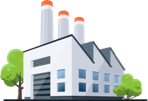
First, A Quick Rundown on How Cell Phone Signal is Measured
Cell towers, small cells, and cellular devices communicate with each other via radio frequencies.
The strength of your connection with nearby cell towers or small cells is displayed as bars. However, the number of bars on your phone don't accurately show how strong your cell signal is. Bars are subjective across carriers and devices.
Your true signal strength can be found by measuring it in dBm (decibel-milliwatts). Signal strength typically ranges from -50 dBm (great signal) to -120 dBm (dead zone). The closer you are to 0 dBm, the better your signal.
The increase (gain) or decrease (loss) of signal strength is measured in dB (decibels). Since it’s a logarithmic unit, every ± 3 dB means gaining or losing double the power.
Building materials subtract dB, aka weaken, cell signals trying to enter your home or office. The more loss, the closer your signal gets to –120 dBm, which leads to dropped calls, failed texts, and slow data.
5G is affected way more by building materials than 4G because it transmits at a higher wavelength. So, keep that in mind throughout the article.
These Materials Are The Worst For Blocking Cell Reception
11. Mother Nature (-3 to -20 dB)
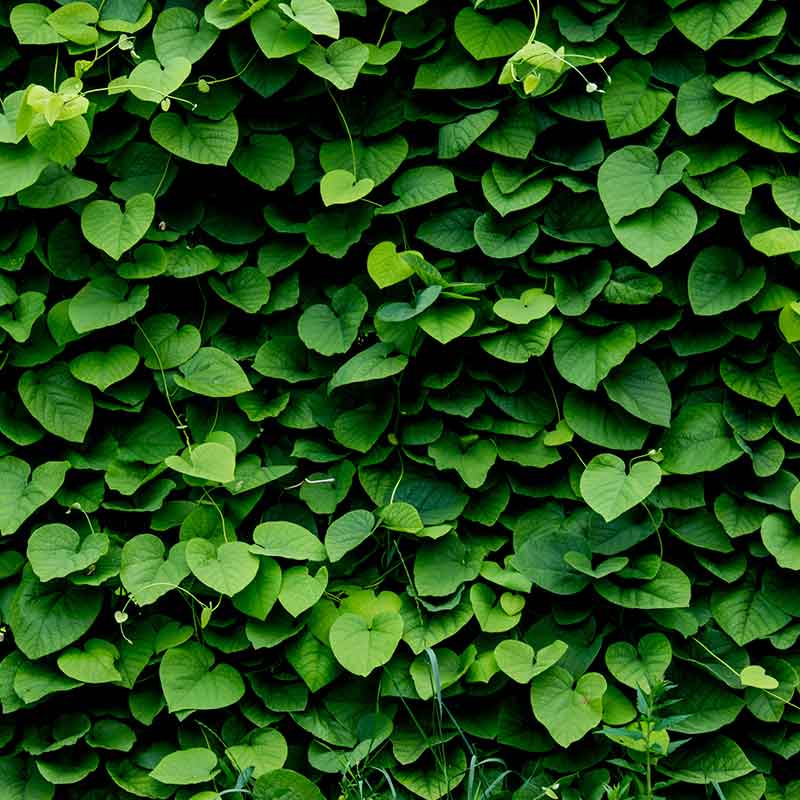
Ok, so it’s not building material, but an honorable mention since we often get asked if trees block cell phone signals.
The answer is a RESOUNDING yes.
Trees as well as mountains, hills, and even weather affect 4G, LTE, and 5G signals. By how much?
| Rain | -3 to -5 dB |
| Foliage | -7 to -20 dB |
This chart is for LTE. 5G signals are affected even more.
Foliage is a big problem as it absorbs and reflects cell signals, especially pine. During autumn and winter, you may notice better signal. Fewer leaves mean fewer aerial obstructions.
While rain doesn’t affect cell reception as much, when coupled with foliage or in weak signal areas, it can make a big difference.
10. Drywall/Sheetrock (-2 dB)
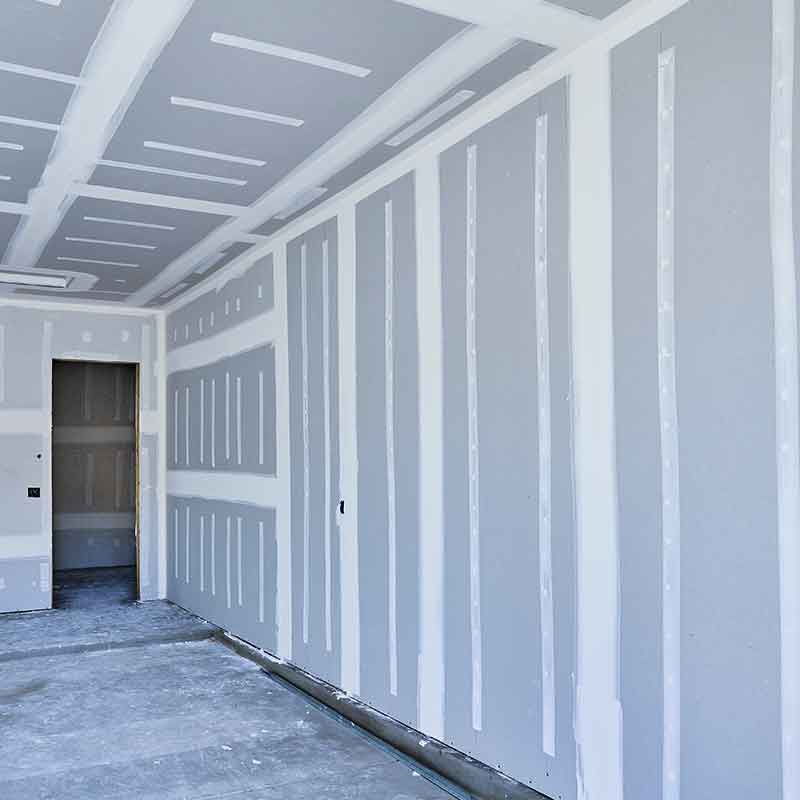
Your interior walls and ceilings are most likely made from drywall. While they are among the lower-grade signal-blocking agents, they can cause some damage if your outside signal is already weak.
9. Fiberglass Insulation (-2 dB)
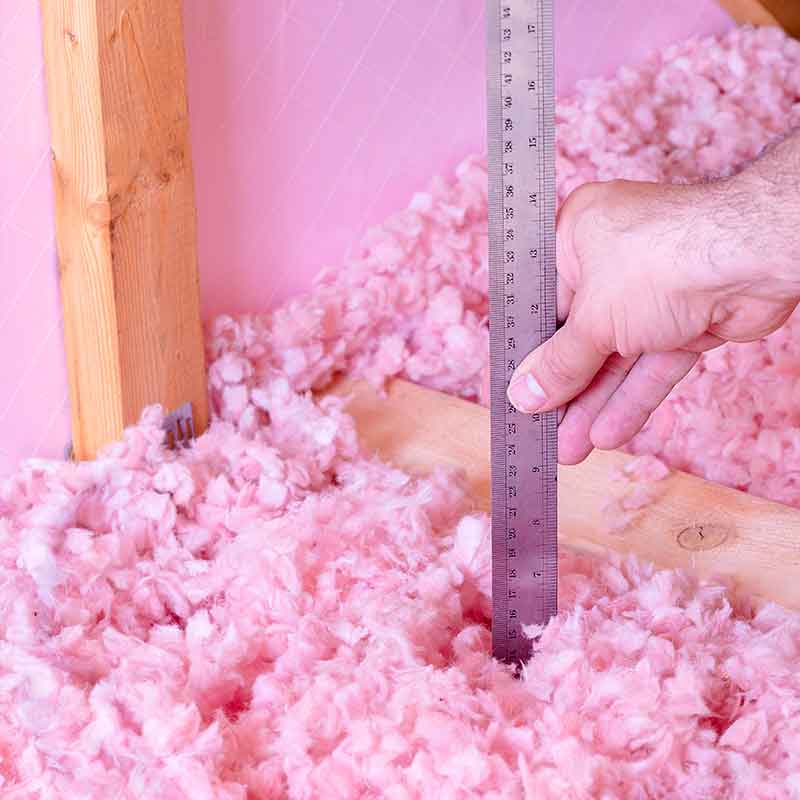
Fiberglass insulation in the walls or the attic also blocks cell signals. When paired with drywall, signal strength drops by -4 dB for LTE. This means your outside signal is cut by over 50% by the time it enters your home.
8. Clear Glass (-4 dB)
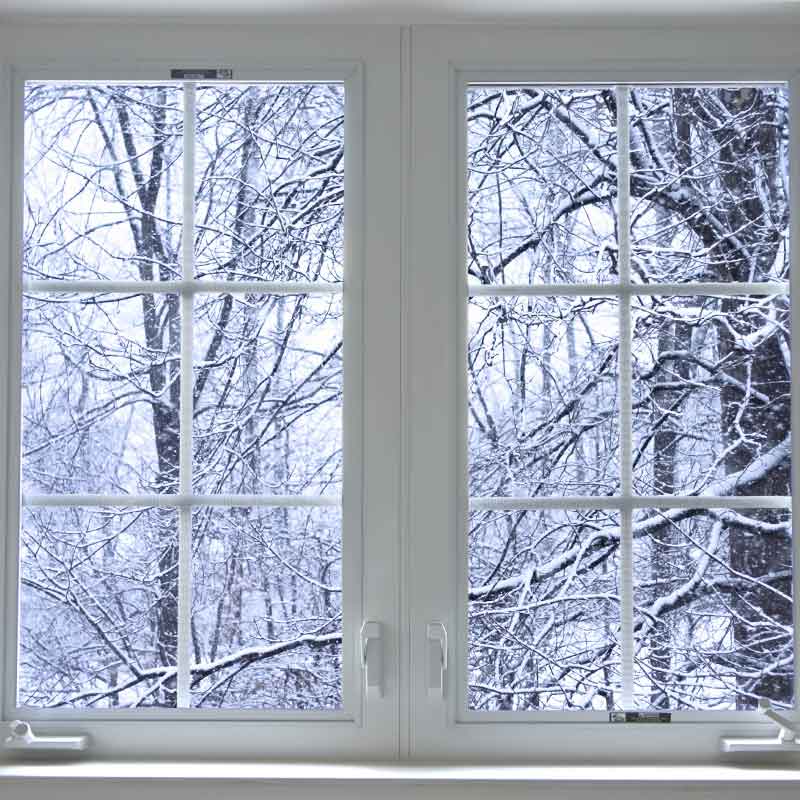
Instinctively, when cell reception is poor inside a home or office, most people move close to a window. However, windows reflect and refract cellular signal. Average signal loss is about -4 dB. Double-pane and triple-pane windows affect cell signal even more. So, if standing by a closed window doesn’t improve your signal quality, open it if you can for best results.
7. Plywood (-4 to -6 dB)
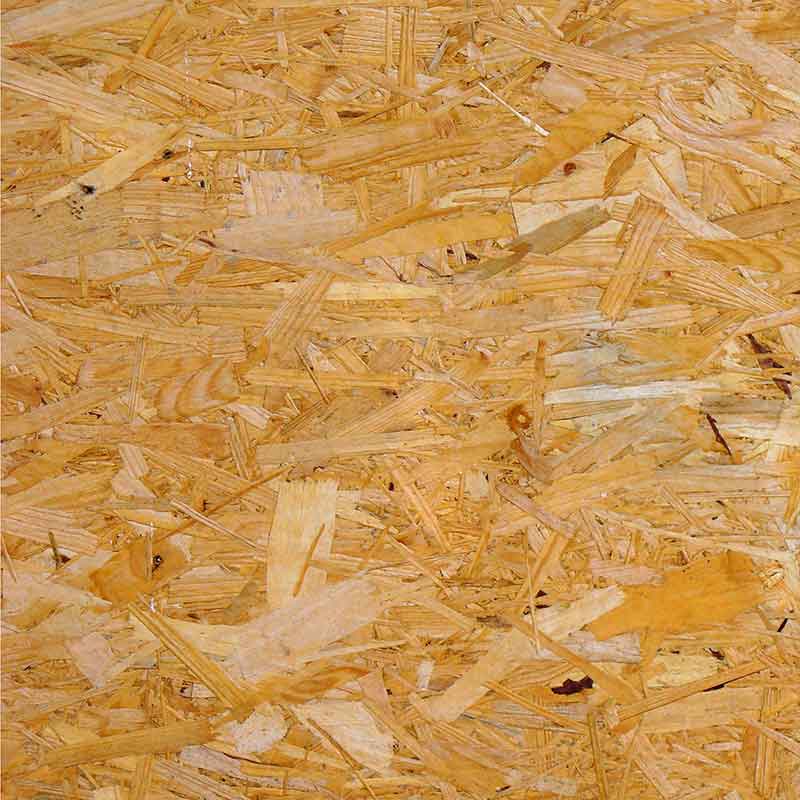
Plywood is another sheet material that reduces 4G and LTE signal by up to -6 dB. Reduction is about -9 dB for 5G networks. The thicker the plywood, the more it’ll affect cell phone signal strength.
If the plywood gets wet and it’s not water-resistant, it’ll act like a sponge capable of weakening signal up to -20 dB. Ouch.
6. Solid Wood (-5 to -12 dB)
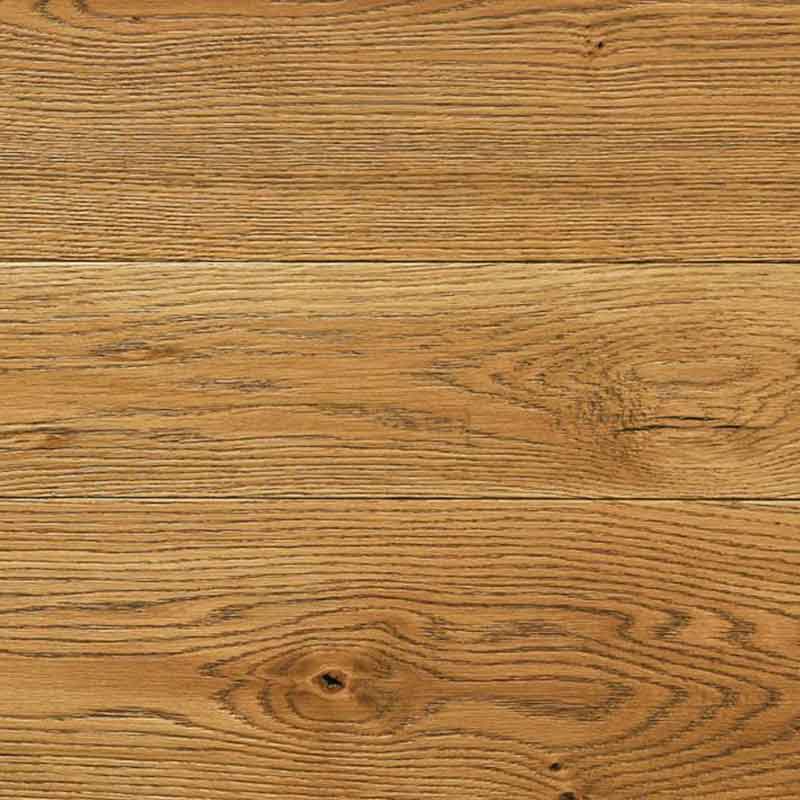
While nice, hardwood floors, accent walls, doors, and furnishing are cell signal killers. Any type of wood – from beech, ash, oak, mahogany, maple, etc. – can absorb and block cellular signals. The thicker the wood, the worse the signal.
5. Plaster (-8 to -16 dB)
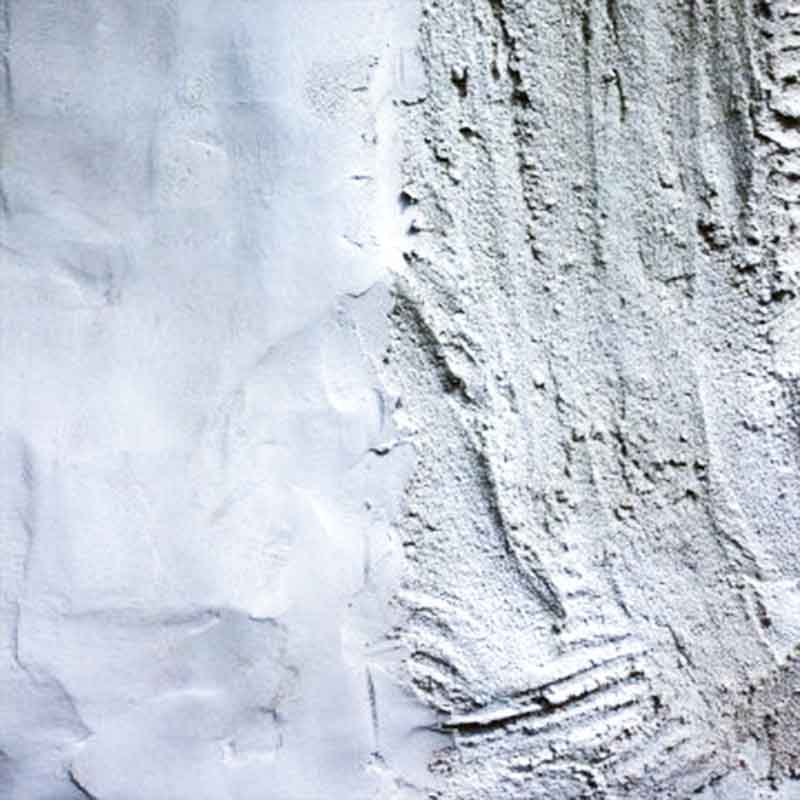
Plaster, commonly used in homes and office buildings, is a mixture of lime or gypsum, sand or cement, and water that hardens when dry. It’s used for coating, protecting, and decorating internal walls and ceilings. A layer of plaster can reduce signal strength by -8 dB to -16 dB. Who knew it could do that much damage?
4. Brick and Stone (-8 to -28 dB)
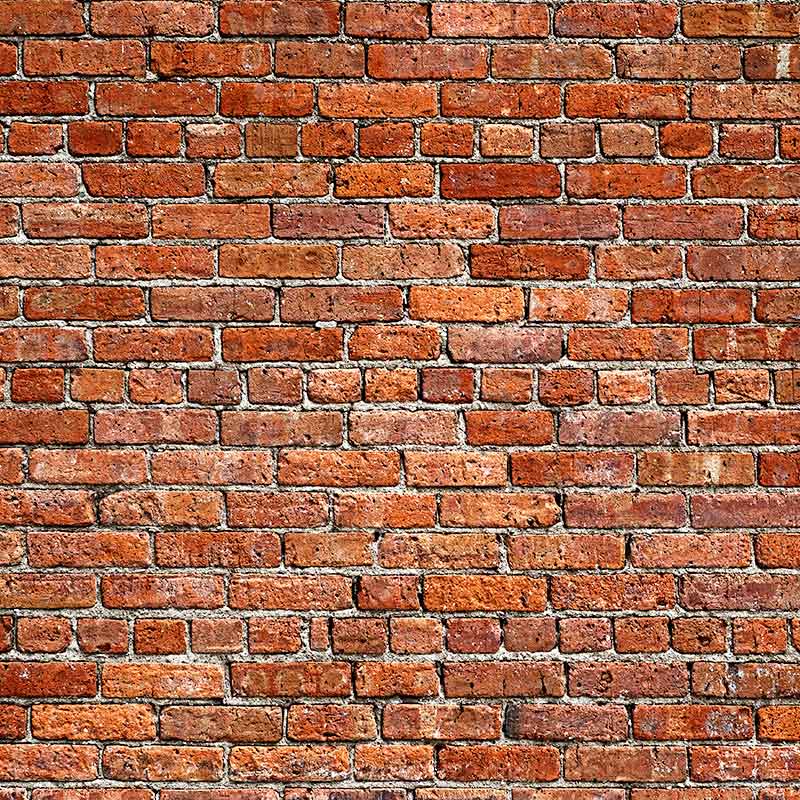
Brick and stone are great building materials for aesthetics and design. While preventing the big bad wolf from blowing your house down, they also significantly weaken cellular signals by up to -28 dB. For this reason, you may experience better reception in rooms that aren't lined with brick or stone.
3. Concrete & Cement: 6 inches (-10 to -20 dB)
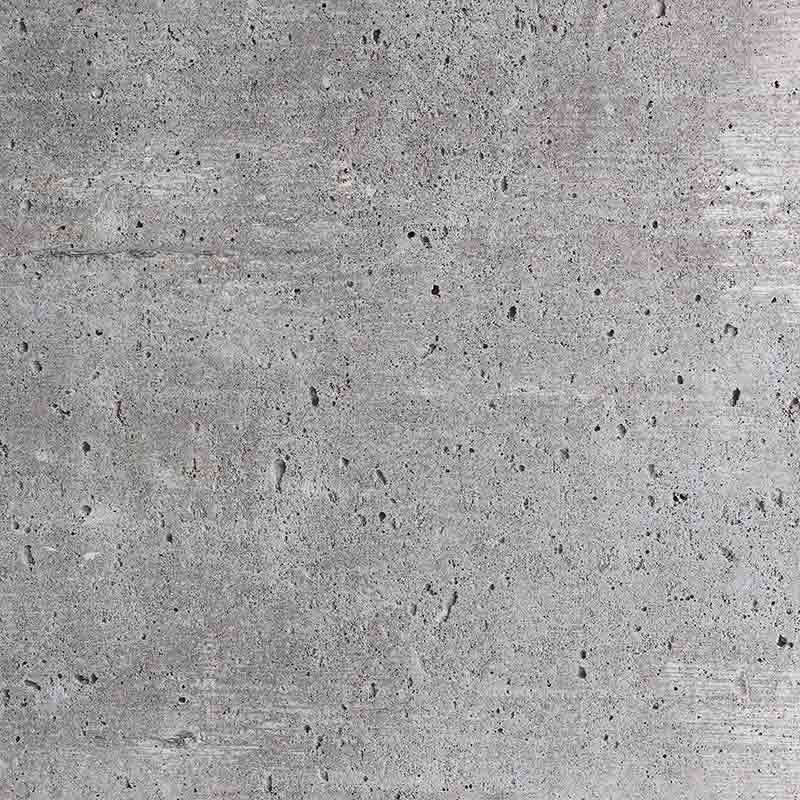
No surprise here. Most modern buildings are made from concrete. Many architects depend on the industrial strength of concrete and cement to create robust structures. This is why many urban areas have challenges getting working signal indoors. Signal loss ranges from -10 dB to -20 dB per 6 inches of concrete and cement.
2. Tinted & Low-E Glass (-24 to -40 dB)
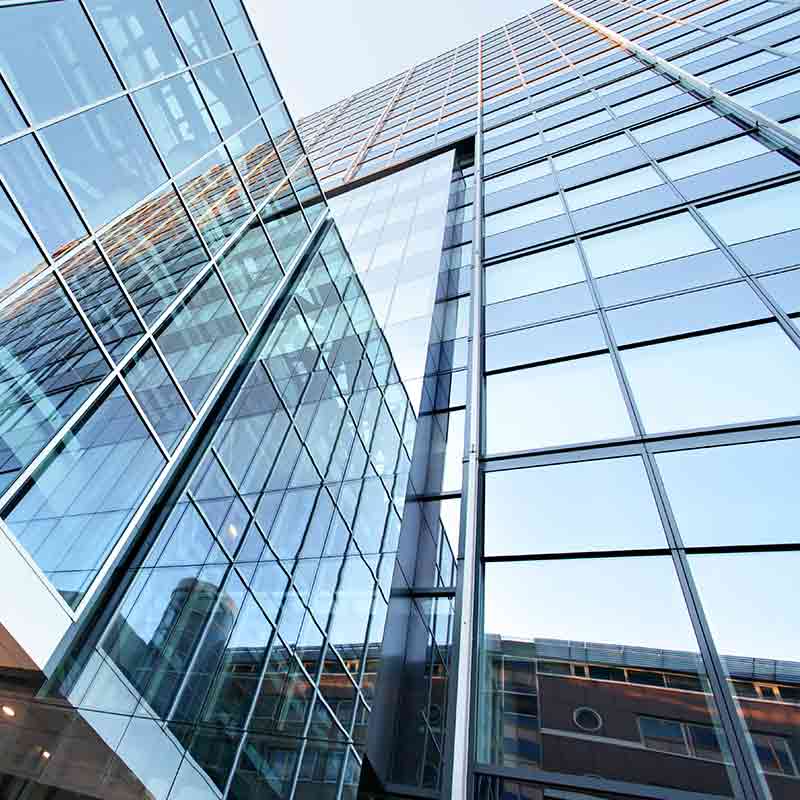
Newer buildings use tinted and Low-E glass to keep heat out and reduce glare. You would think they would have the same effects on cell signal as clear glass since it’s "just" glass, right?
Unfortunately, that’s not the case. They do a better job at reflecting signal and often consist of metal additives. This causes tinted and Low-E glass to reduce cell signal by 8 to 10 times more than clear glass.
1. Metal (-32 to -50 dB)
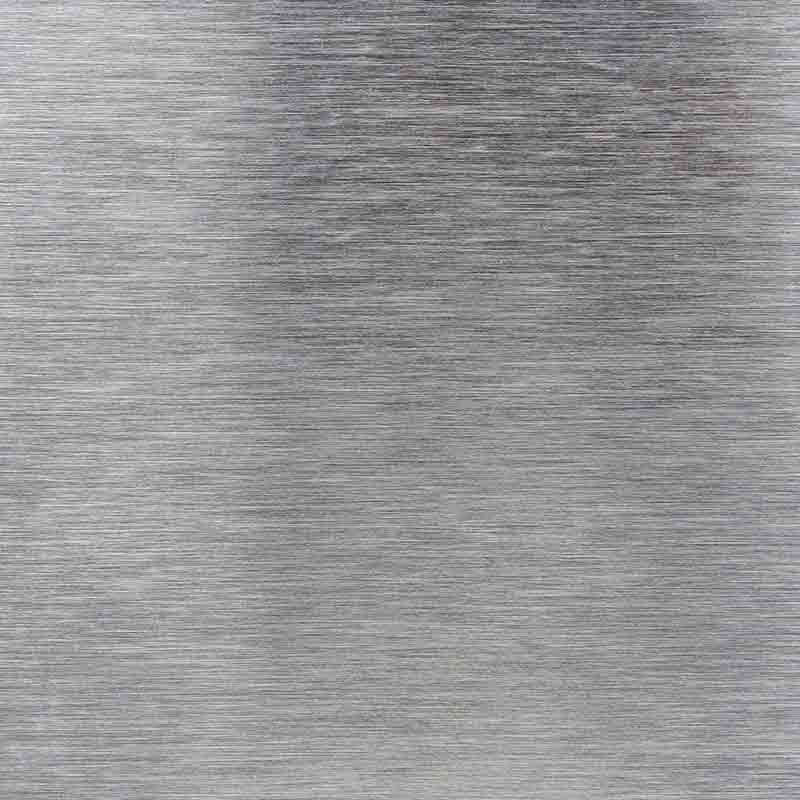
Metal is the #1 cellular blocking material across all buildings in America. Aluminum, aluminum foil, lead, brass, copper, steel, iron, etc., can absorb and reflect cellular frequency waves. Average signal loss ranges from -32 dB to -50 dB, enough to make your building a dead zone.
How Much Do Building Materials Affect Cell Phone Signals?
Almost anything under the sun affects your cellular signal. When looking at the whole picture, a typical house with drywall, plaster, glass, and wood can lose up to -30 dB or more. In "bar speak," that's about a loss of 2-4 bars. Remember, these numbers are for LTE, and are even more dramatic for 5G.
| Building Material | dB Loss |
| Foliage | -3 to -20 |
| Drywall | -2 |
| Fiberglass Insulation | -2 |
| Clear Glass | -4 |
| Plywood | -4 to -6 |
| Solid wood | -5 to -12 |
| Plaster | -8 to -16 |
| Brick & Stone | -8 to -28 |
| Concrete & cement (6 inches) | -10 to -20 |
| Tinted & Low-E Glass | -24 to -40 |
| Metal | -32 to -50 |
Here is a handy infographic to illustrate all we've discussed.
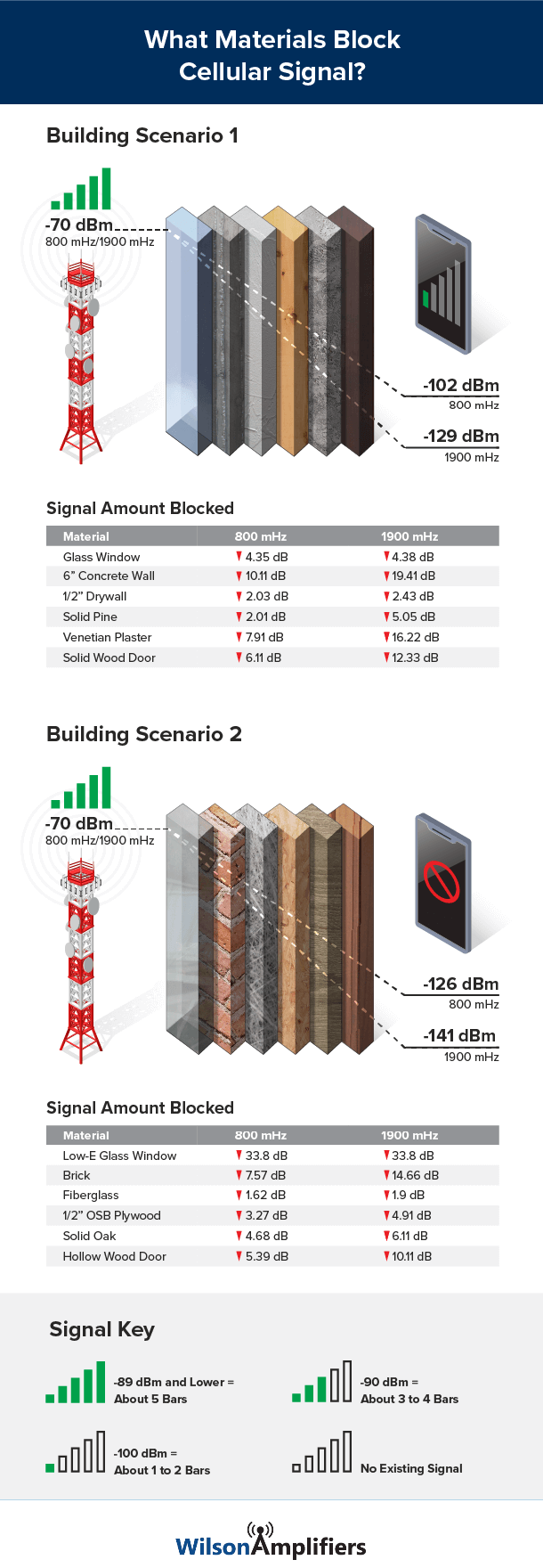
FAQs
Can Aluminum Foil Block Cell Phone Radiation?
Since aluminum foil is made from metal, it can block cellular signals from entering your home. Many people use it to make a Faraday cage. Depending on the type of aluminum foil and how strong your cellular signal is, many layers may be needed to completely block out radio waves.
Is Concrete the Worst Material to Block Wireless Signal?
While in the top three of worst signal-blocking materials, metal has 6" of concrete beat.
| Metal | -35 to -50 dB Loss |
| 6" Concrete | -10 to -20 dB Loss |
If you were to double or triple the thickness, concrete can become the worst material to block wireless signals.
Will Metal Roofs Affect Cell Service?
Sadly, yes, a great deal.
People with metal roofs and metal walls find it difficult to get reliable reception indoors. Even having metal inside the home distorts RF signals.
If you suffer from this problem, visit our guide to learn how to get better cell signal inside a metal building.
What Metal Blocks Cell Signal?
Literally all metal. Aluminum, aluminum foil, lead, brass, tin, copper, steel, iron, etc. The degree to which each type of metal affects cell signal will vary.
Does Carbon Fiber Block Cell Signal?
Carbon fiber is a strong, thin, lightweight material composed of bonded carbon atoms. It’s used in creating building materials, phone cases, car parts, and more. Because carbon fiber is conductive, it can reduce the energy of radiofrequency waves. Thus, weakening or completely blocking 4G, LTE, and 5G signals.
Do Trees Block Cell Phone Signal?
Absolutely. The combination of leaves, thick trunks, branches, and the water tress hold leads to the reflection and absorption of radio waves. Pine trees affect cell signal the most.
Does Rain Weaken Signal?
Yes. Rain reflects, refracts, and absorbs cellular signals. On average, you can expect a loss of -3 to -5 dB. The heavier the rain, the weaker the signal becomes.
How to Block Cell Phone Signals?
If you want to block or reduce cellular signals, you can:
- Line your home with aluminum foil or Mylar
- Install a metal roof
- Add wood furnishing
- Upgrade to Low-E windows
- Plant pine trees
- Or implement other materials mentioned in this article.
How to Improve Cell Signal Inside Buildings?
If you’re tired of building material preventing you from enjoying reliable calls and data, a cell signal booster can help.
Cellular boosters boost your existing outside signal and broadcast it indoors. They use an outdoor antenna, an amplifier, and an indoor antenna to do so. All components are connected via low-loss coaxial cable. This allows the unit to bypass all signal blocking material. For more information, visit How do Signal Boosters Work.

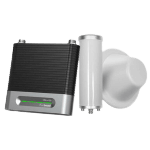
Wilson Amplifiers is the leading provider of cell phone signal boosters. Regardless of what materials were used to build your home or office, our signal boosters ensure reliable talk, text, and data wherever you need it. Please call us at 1-800-373-2927 or email us at sales@wilsonamplifiers.ca if you have any questions.


Money Back Guarantee

Technical Support